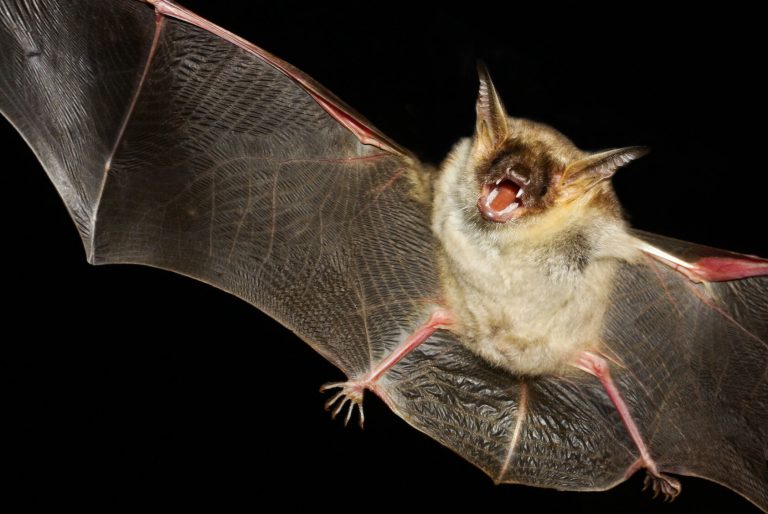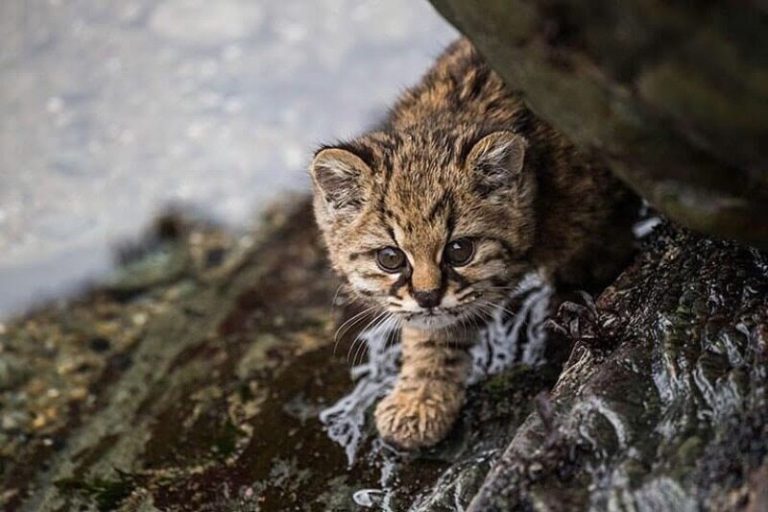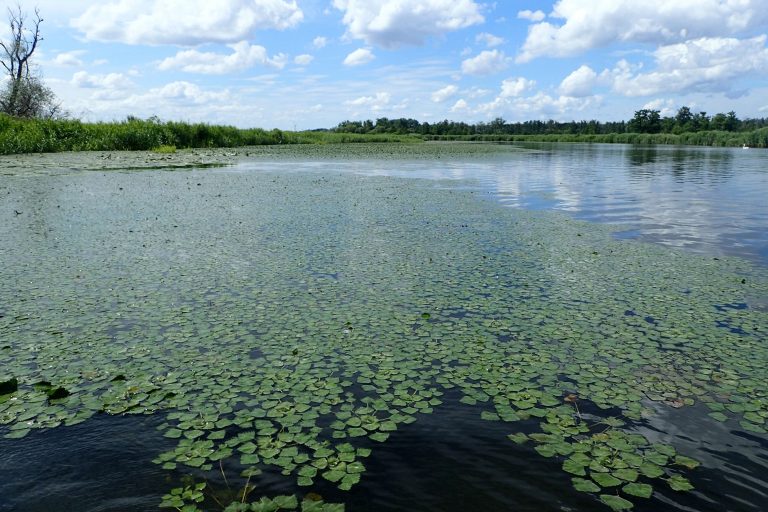Step by step to protect the wolf and what resulted

In the last twenty years, the return of wolves has been observed in Europe, appearing even in countries where they had not been seen for several hundred years. This process may be related to the change in state policy towards wolves in Poland in the late 1990s, suggest scientists from IFiS PAN.
In the last twenty years, the return of wolves has been observed in Europe, appearing even in countries where they had not been seen for several hundred years. It turns out that this process may be related to the change in state policy towards wolves in Poland in the late 1990s. Dr. Krzysztof Niedziałkowski and Renata Putkowska-Smoter from the Institute of Philosophy and Sociology of the Polish Academy of Sciences traced the social context of the decision to protect wolves . The results of their work were published in the international scientific journal “PLoS One”.
Wolves as protected animals
Researchers indicate that Poland was one of the first countries in Central and Eastern Europe with a permanent population of wolves to decide to fully protect them. Until the mid-1990s, wolves were game animals; due to hunting pressure, their numbers and geographical range could not significantly expand. It is estimated that there were about 500 wolves in Poland at that time, living mainly in large forest complexes in the eastern and southern parts of the country – remind the authors of the analyzes in the information sent to PAP.
“The management of wolves was based on the belief that wolves that hunt ungulate mammals are competition for hunters, limit the state’s potential revenues related to hunting and pose a threat to farm animals. It was also believed that intensive hunting of these predators was necessary to keep the population low enough and limit potential damage. The wolf was also considered an attractive hunting object, also for foreign exchange,” they remind.
Sociologists from IFiS PAN note that the situation began to change after the democratic changes in 1989. The new Nature Protection Act of 1991 gave voivodes the opportunity to protect wolves in individual voivodeships. Environmental non-governmental organizations became interested in the topic of wolf protection, in particular the Workshop for All Beings and the Association for Nature “Wilk”, which actively took advantage of the new opportunities for activities created by the democratization of the state.
At the same time, the scientific community of biologists and ecologists, based on the results of research using new technologies (e.g. telemetry), began to present a different image of the wolf than the previously dominant one. In their view, this animal was an essential and natural element of the ecosystem that had a positive impact on both the populations of ungulates (through natural selection) and on forest management (by regulating the number of deer that caused damage to tree stands).
Scientists also argued that it is possible to regulate the number of wolves naturally, without the need for human intervention. Therefore, they proposed that the species be protected to enable its natural migration to other suitable areas. The data obtained from scientific research also questioned the previously accepted estimates of the number of wolves in Poland, suggesting that there are much fewer of them than expected.
According to the authors of the publication in “PLoS One”, the change in state policy towards the species was caused by a strong socio-political effect caused by the combination of the capabilities of non-governmental organizations to organize effective social campaigns – and the ability of the scientific community to present a new way of perceiving the wolf, supported by scientific data. This change occurred gradually.
Species Protection Regulation of 1998
Initially, activists and scientists managed to convince individual voivodes to protect wolves. In 1995, the Minister of the Environment, by way of a regulation, protected wolves in all voivodeships except three (Krosno, Suwałki and Przemyśl), where there were the most wolves. However, due to the resistance of the hunters’ community, the minister did not decide to protect wolves throughout the country.
This became possible only as a result of political changes, when a new government was formed after the parliamentary elections in 1997. Environmental activists managed to convince the new Minister of the Environment, Jan Szyszko, to take the last step in protecting the species – the new species protection regulation of 1998 provided for full protection of wolves throughout the country, justifying it with the role of predators in maintaining ecological balance and in regulating their numbers and health status. ungulates.
The legal change also resulted in organizational changes – wolf management was transferred from the competence of the hunting administration to the competence of the nature conservation administration, and damage caused by wolves throughout the country was covered by a compensation system from the State Treasury. Poland’s accession to the European Union and the adoption of wolf protection requirements resulting from the Habitats Directive consolidated the existing direction of state policy. Within twenty years of the change in state policy towards wolves, their numbers have quadrupled, and their range covers all major forest complexes in Poland. Moreover, wolves from Poland successfully recolonized Western European countries, first Germany, then Denmark, the Netherlands and Belgium.
– The history of the introduction of wolf protection in Poland indicates several key elements needed to trigger a far-reaching change in state policy – points out Dr. Niedziałkowski. – These are favorable socio-political circumstances, a new narrative that convincingly challenges the assumptions of existing policy, and active social groups exerting constant pressure on public authorities to change legal regulations.
The researcher emphasizes that previous scientific works published on species protection policy have focused mainly on impersonal, structural socio-economic factors influencing species protection or the lack thereof. The work published in PLoS One, describing the key role of grassroots activities, allows for the creation of a more complete picture of the process of changing nature conservation policy.






